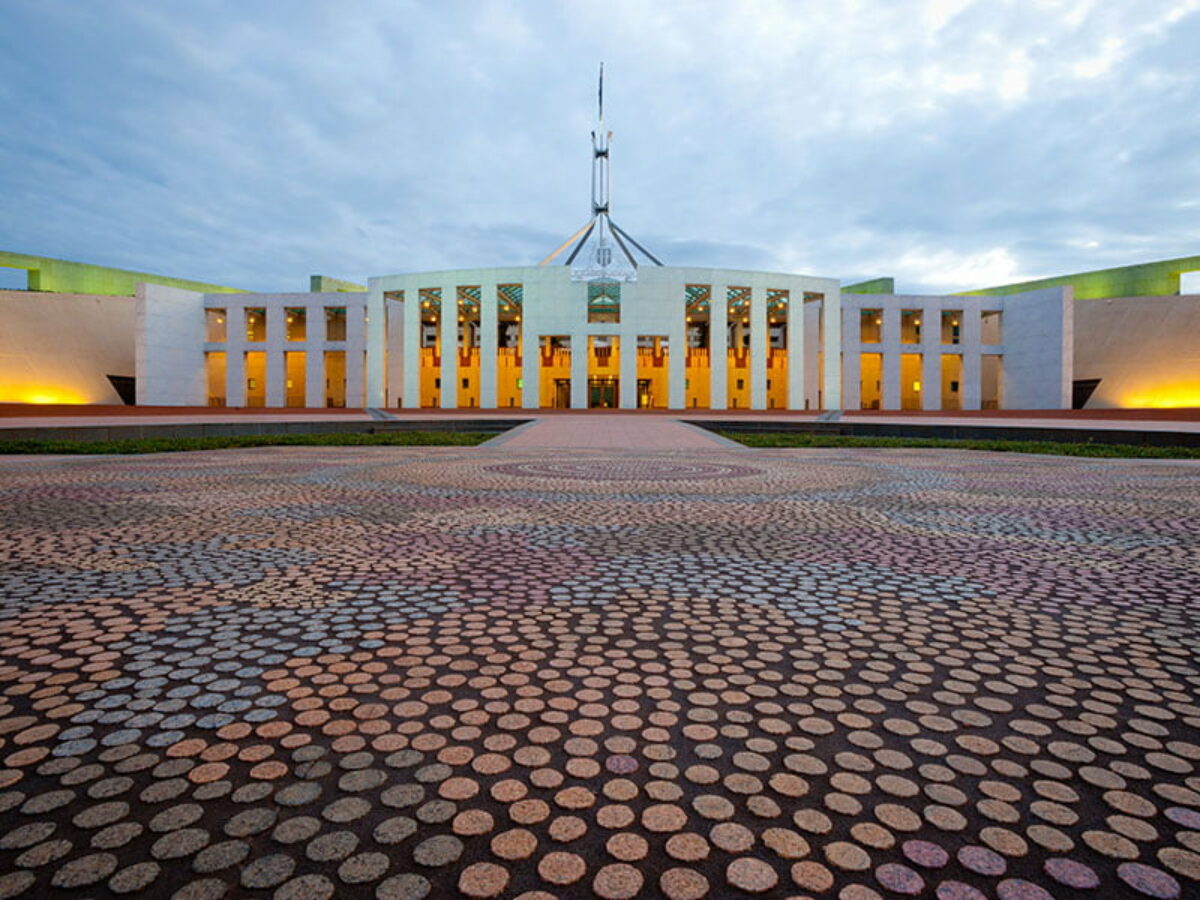Mixed reception as PM splits Industry responsibilities

By James Riley
The Prime Minister’s decision to split responsibility for Christian Porter’s former Industry, Science and Technology portfolio between two existing cabinet ministers has been given a broadly positive reception from the industry.
The caveat, as always with this portfolio in recent years, is the generally expressed desire for greater stability within Industry. And there is relief that the department itself has been left intact to carry on the work.
But the structural thinking that added the ‘Industry’ component of the portfolio to Angus Taylor’s existing workload as Minister for Energy and Emissions Reductions, and the ‘Science and Technology’ component to Melissa Price’s Defence Innovation responsibilities has been cautiously welcomed.
If there is a nagging voice of concern, it is best expressed by innovation systems expert and former UTS business school dean Roy Green.
“Whether splitting the portfolio adds to its status or diminishes it remains to be seen, but this move certainly reinforces the impression of discontinuity and fragmentation since 2013,” said Professor Green, who is chair of the Brisbane-based Advanced Robotics for Manufacturing Hub, as well as chair of the Port of Newcastle.
“Fortunately, the department remains intact and will continue its work, but it does so in the absence of a unifying strategic vision for Australia’s research and innovation system,” he said.
“Just as the rest of the world is redoubling its efforts in this area to drive post-Covid reconstruction, the new Ministers are faced with the latest IMD digital competitiveness ranking, which shows Australia slipping further down the table.
“While additional major policy actions are clearly necessary and desirable, particularly to build on the Modern Manufacturing Initiative, these do not seem likely this side of an election,” Professor Green said.
Science and Technology Australia chief executive Misha Schubert is a glass half-full on the split responsibilities, saying there are now two voices around the cabinet table advocating for science, technology, and industry – potentially “twice the prominence and twice the focus”.
“Science and technology have been Australia’s lifelines during this pandemic. Now we need to enable these key capabilities to drive the economic and social recovery, shape the transition to net zero emissions, and turbo-charge Australian industry to create jobs and sustain communities,” Ms Schubert said.
With the continued support of the same department, there were strong in-built opportunities for the two ministers for “strong coordination and collaboration.”
“On immediate priorities, Australia has an urgent need to ramp up investment in R&D – especially in science and deep tech, drive stronger research translation and commercialisation with our plan for a $2.4 billion Research Translation Fund, and build further strength in emerging and frontier technologies such as AI, machine learning and quantum computing.”
“And if there’s a single top priority, it’s this: we need to reinvest strongly in the science workforce and infrastructure after it has guided us through this pandemic. Every other opportunity flows from that.”
The STA has been pressing government to seize a “signature opportunity” in the next federal budget: a legacy-defining investment in science.
Mining equipment, technology and services (METS) growth centre METS Ignited chief executive Adrian Beer says there are real positives in moving the ‘Industry’ component to Energy and Emissions.
The emissions challenge facing Australia cannot be solved by government alone, Mr Beer said. While the government had an key role to play, it was industry that would lead the transformation.
There was no better illustration of this point than the Minerals Council of Australia last week committing to Net Zero emissions by 2050, Mr Beer said.
“If the resources sector can lead (on emissions), then no other sector has got an excuse. The majority of innovation around both low emissions technology and energy storage (beyond household domestic) is driven by industry.
“In my sector of mining technology, building large complex energy intensive processes in remote off-grid locations forces both low emissions technology and battery energy storage, microgrids, and off-grid energy solutions.”
Mr Beer said the ‘Science and Innovation’ moving under the existing Defence Industry minister was a “really strong fit that is probably not well understood.”
“The innovation that has come from decades of investment in research by the resources sector has created advanced autonomous systems, remote operations, data and analytics capability, artificial intelligence and robotics solutions,” he said.
“The backbone of Australia Defence logistics systems, for example, were borne from the mining industry.”
The Advanced Manufacturing Growth Centre (AMGC) chief executive Jens Goennemann believes the portfolio changes would increase the profile and attention directed toward manufacturing, with the portfolios of Industry and Energy complementary with the Australian economy.
Similarly, Defence, Science and Innovation also complement each other and will need to work closely with Industry, and Mr Goennemann hopes the changes bring about closer collaboration between the portfolios.
“The new arrangement brings three portfolios closer together under two ministers. This should allow for greater collaboration and better alignment between Defence, Industry, Science, Innovation, Energy and Resources,” Mr Goennemann said.
“This will be particularly important for initiatives such as the AUKUS alliance which includes sharing of technology relating to submarines, cyber capabilities, artificial intelligence, quantum technologies, and undersea capabilities,” he said.
“All aspects that Australian manufacturers will have the potential opportunity to participate in.”
Now is the right time to double-down on growing Australia’s manufacturing capability, Mr Goennemann said.
Meanwhile, Australian Academy of Technology and Engineering (ATSE) chief executive Kylie Walker welcomed the appointment of Melissa Price as Science and Technology minister, saying she would have a vital role to play as Australia recovers from the effects of the pandemic and builds resilience in response to climate change.
“The Academy is pleased to see a woman in charge of the science and technology portfolios. We hope Minister Price will support ATSE’s advocacy for increasing diversity at all levels of the science, technology, engineering and mathematics sector,” Ms Walker said.
“We need to dramatically increase our STEM skills base in Australia. Encouraging young people from all backgrounds and genders to take an interest in science and technology is essential for building a thriving and innovative future workforce,” Ms. Walker said.
This article originally appeared at InnovationAus.
Subscribe to our free @AuManufacturing newsletter here.
Topics Manufacturing News
@aumanufacturing Sections
Analysis and Commentary Awards Defence Manufacturing News Podcast Technology Videos










